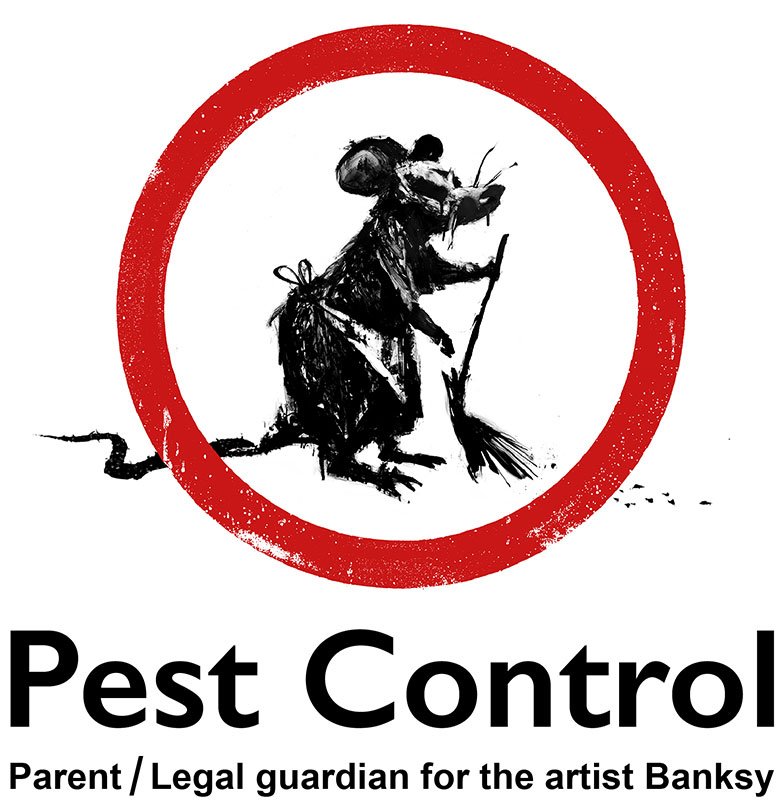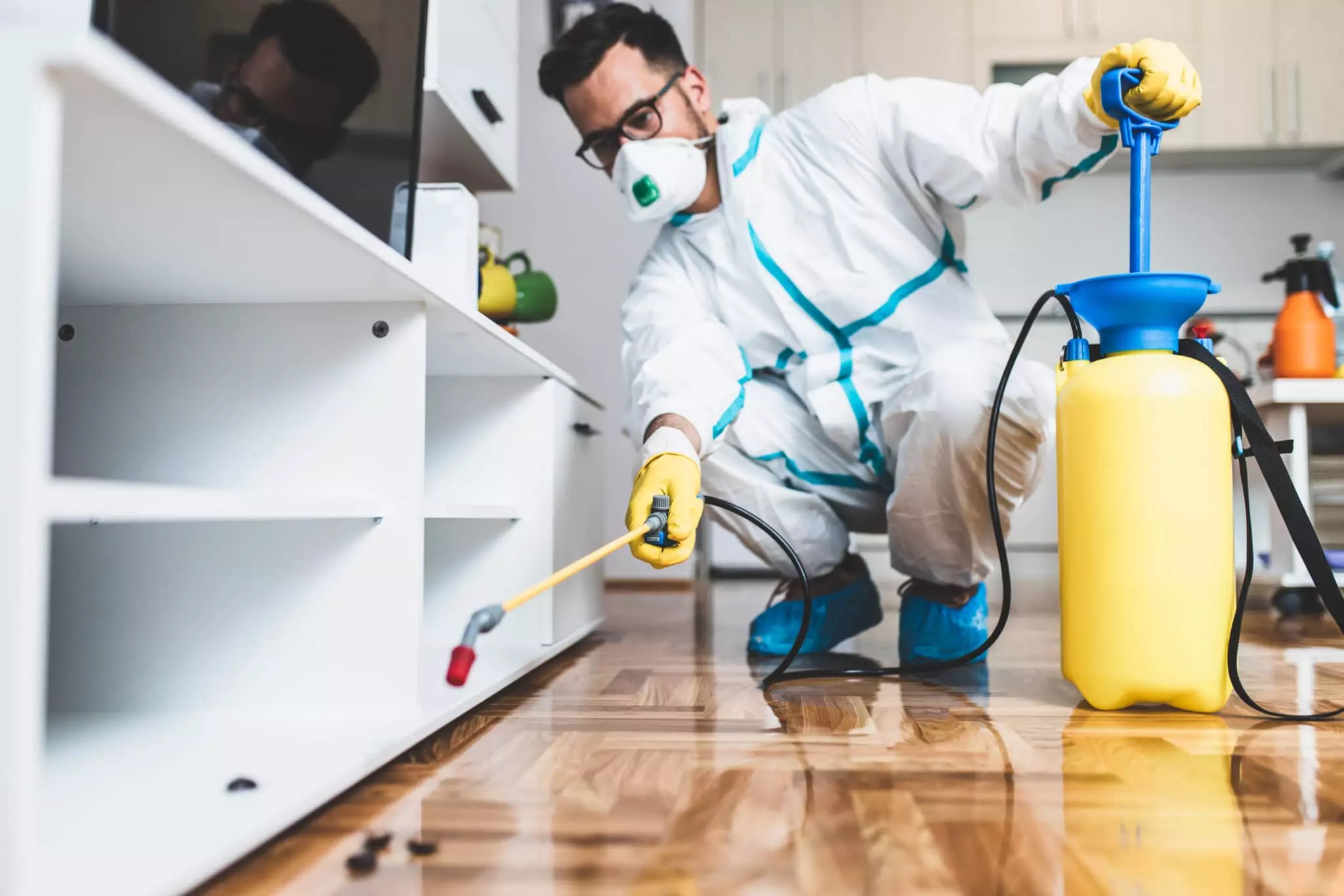Discovering Invasion and Treatment Approaches on the planet of Insect Control
The landscape of pest control incorporates a myriad of difficulties, particularly as problems of common house bugs continue to progress. Comprehending the actions and reproductive patterns of these annoyances is essential for creating efficient therapy techniques. By incorporating safety nets with sophisticated monitoring methods, such as Integrated Parasite Administration (IPM), home owners can better guard their environments. Nonetheless, the effectiveness of these techniques might vary substantially based on particular conditions. What hidden variables contribute to the success or failure of these approaches in different settings?

Usual Home Vermin
When it pertains to handling our living rooms, understanding common home insects is vital. These parasites not just disrupt our comfort but can also position health and wellness dangers and damage residential property. The most prevalent household pests include ants, roaches, rats, termites, and bed pests.
Ants, frequently seen foraging in kitchens, can infect food and establish large swarms. Rodents, consisting of computer mice and rats, can cause architectural damage and lug illness like hantavirus and salmonella.
Recognizing the indicators of these bugs, such as droppings, nests, or bite marks, is crucial for early treatment (Pest Control Lockhart). Appropriate sanitation methods, sealing access points, and keeping a clutter-free environment work preventative procedures. By identifying these typical household bugs and understanding their actions, property owners can take aggressive steps to minimize infestations, making certain a healthier living atmosphere
Understanding Bug Infestations
Pest problems can escalate swiftly, transforming a minor nuisance into a considerable trouble if not attended to promptly. Comprehending the nature of these problems is crucial for efficient monitoring. Insects can get into household and commercial areas for numerous factors, including the search for food, sanctuary, or reproducing premises. Common elements adding to problems consist of poor cleanliness, structural susceptabilities, and seasonal adjustments that drive bugs indoors.
Identifying the kind of insect is necessary, as various varieties show different habits and reproductive rates. Rodents may develop nests in concealed areas while bugs like roaches flourish in damp settings. Early detection typically rests on recognizing signs such as droppings, gnaw marks, or uncommon noises, which can suggest a problem prior to it comes to be serious.
Environmental problems additionally play a crucial role in pest spreading. Warm, humid environments can assist in the rapid development of bug populations, while adjustments in landscape design or building can inadvertently develop favorable environments. Normal assessments and preventative measures are extremely important to reducing the threat of invasions. An enlightened method to recognizing these dynamics lays the foundation for efficient parasite administration approaches in the future.
Therapy Methods and Methods
Reliable therapy methods and methods are necessary for mitigating insect invasions and recovering a safe environment. A diverse technique is usually best, incorporating chemical, biological, and mechanical methods customized to the details pest and the seriousness of the invasion.
Chemical therapies consist of making use of pesticides and herbicides, which can effectively eliminate parasites. Nonetheless, correct application and adherence to safety guidelines are crucial to reduce risks to humans and non-target organisms. Integrated Pest Management (IPM) urges the wise use chemicals as a last hotel, depending instead on tracking and threshold levels to establish treatment requirements.
Organic control techniques involve presenting natural killers or parasites to reduce parasite populations. This approach is significantly popular, specifically in farming settings, as it advertises environmental sustainability.
Mechanical approaches, such as traps and obstacles, offer instant remedy for pests without presenting chemicals. Choices include sticky catches for insects Visit Your URL or physical anonymous obstacles for rodents.
Inevitably, the option of therapy technique need to think about the specific bug, the environment, and prospective influence on human health and wellness and communities. A well balanced combination of these methods can effectively handle problems while promoting long-lasting parasite control services.
Preventative Steps for House
Proactively resolving pest problems prior to they rise is important for preserving a healthy and balanced home environment (Pest Control Lockhart). Executing reliable preventive steps can dramatically reduce the possibility of invasions, inevitably guarding both your residential property and health

Appropriate landscape design likewise plays a vital function in prevention. Keeping shrubs and trees trimmed away from your home reduces the chances of parasites locating their means inside. Moreover, make sure that drain systems are working efficiently to stop standing water, which can draw in insects and various other bugs.
Lastly, regular examinations are a good idea. Frequently checking for indicators of bug activity enables very early intervention. By taking on these precautionary steps, homeowners can develop an atmosphere that is much less welcoming to insects, therefore improving their overall lifestyle and decreasing the demand for substantial pest control treatments.
Commercial Bug Control Techniques
A thorough technique to business bug control is essential for services aiming to preserve a secure and hygienic setting. Effective methods involve a combination of normal evaluations, staff member training, and the implementation of Integrated Bug Monitoring (IPM) practices.
Routine inspections allow early detection of parasite activity, permitting prompt intervention. Businesses must develop a regular schedule for these assessments, concentrating on risky areas such as cooking areas, storeroom, and garbage disposal websites. Worker training is just as essential; personnel must be enlightened on the signs of insect invasions and the relevance of reporting them instantly.
Executing IPM methods aids minimize pest issues sustainably. This includes habitat adjustment, such as sealing entrance points and minimizing mess, along with using all-natural deterrents prior to considering chemical therapies.

In addition, teaming up with a qualified parasite control service provider guarantees access to expert knowledge and advanced therapy alternatives. This collaboration can cause personalized bug control prepares tailored to the specific needs of business, decreasing threats and improving general efficacy. Ultimately, an aggressive and enlightened technique promotes a pest-free environment, safeguarding both site public wellness and service track record.
Conclusion
Finally, reliable bug control necessitates a comprehensive understanding of usual family insects and their actions, combined with targeted treatment approaches. Carrying out safety nets together with treatment approaches such as Integrated Insect Management and organic control enhances the capacity to reduce problems. Routine inspections and a mix of chemical and mechanical solutions better add to keeping pest-free environments. Inevitably, a well-shaped method to pest monitoring is vital for safeguarding living areas from undesirable trespassers.